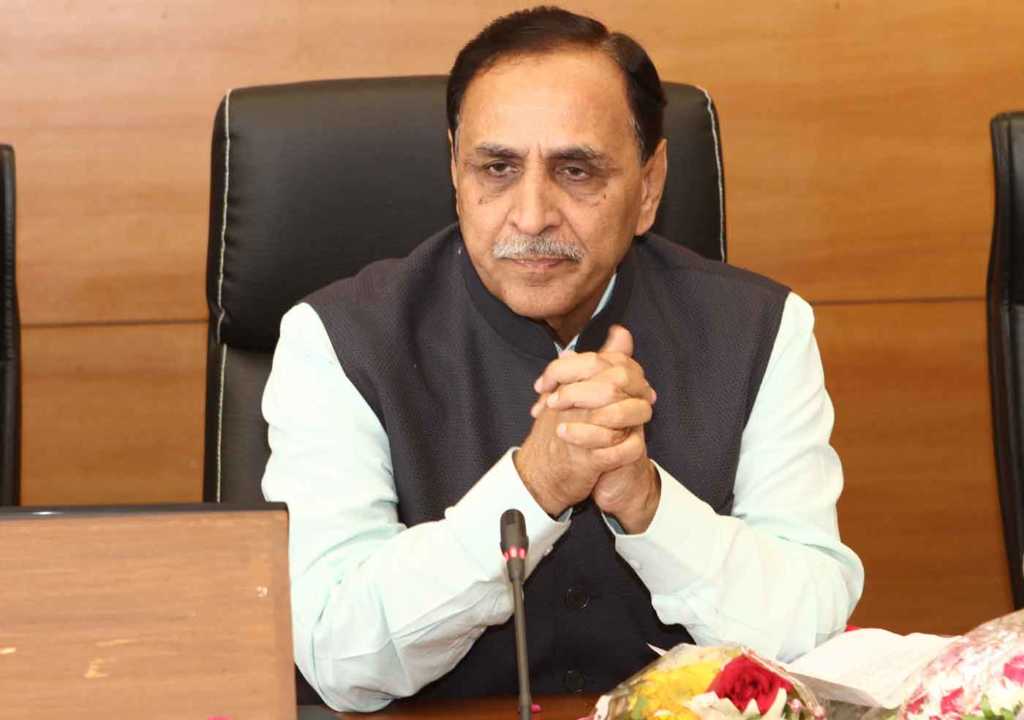Gujarat seems to have decided to be the first to touch all the development indicators. The Gujarat Model of development was being criticized by left-leaning economists like Amartya Sen and Jean Dreze but it was appreciated by center-right economists such as Jagdish Bhagwati and Arvind Panagriya. The Kerala model of development was pitched against the Gujarat Model but many economists of the right said the Kerala Model is not sustainable as it depends on remittance money rather than its own resources and industries. According to these economists, Gujarat will soon overtake Kerala in terms of reaching development indicators and the prophecy seems to have come true. Gujarat is about to become the first state to achieve 100 percent piped gas network.
As of now, the western Indian state already has 84.31 percent of its area covered under city gas distribution (CGD) network and the remaining will be covered after the ninth round of bidding. D K Sarraf, Petroleum and Natural Gas Regulatory Board (PNGRB) Chairperson said “In Gujarat, today 84.31 percent area, and 87.37 percent of the population residing in the area are already covered under the CGD network. After the ninth round of bidding (which is underway), 100 per cent of geographical area and population in Gujarat will be covered under the network, and the country’s overall penetration will go up in terms of geographical areas, from existing 11 per cent to 24 per cent, covering 29 per cent population from existing 19 per cent.” The ninth CGD bidding round covers 174 districts (156 complete and 18 parts) grouped in 86 geographical areas spread across 22 states and Union Territories.
In the latest bidding round, 14 additional districts (6 complete and 8 part) of Gujarat will be covered under the CGD network in the state, including Gir Somnath, Morbi, Mahisagar, Narmada, Kheda, Junagadh, and Tapi. To spur the expansion of CGD network, it will get priority to avail domestic natural gas. D K Sarraf said “Domestic gas is cheaper, imported gas is costlier. CGD has been put on the highest priority to avail domestic PNG and CNG. Others will have to depend on imported gas.” The state of Gujarat has decided to provide subsidy through CGD to weaker sections of the society. CGD sector is currently consuming 20 million cubic meters of natural gas per day, with the demand expected to multiply as penetration of piped gas grows.
The city gas distribution network is one of the key infrastructure areas for city building. The CGD network provides safe cooking gas by a continuous supply and eliminates the need for the transportation of cylindered gases. If the whole of India has a CGD network, then we wouldn’t need to compress cooking gas and pump it into cylinders and then transported to every household for daily use. The whole hectic process of compression and transportation which consumes money and time will be eliminated, and therefore the gas will be cheaper. The western states of Maharashtra and Gujarat have the highest penetration of CGD network while northern states have minimal penetration. The PNGRB is working towards providing a better supply but the lack of enthusiasm from the northern state governments is a major hurdle in developing a comprehensive piped gas network.
The Gujarat model is giving much better results than the media favorite Kerala Model which is dependent on remittance money sent by Keralites living in Gulf countries. Recently when oil prices started falling, the Gulf countries have had massive cuts in their workforce, which forced several Malayalis to shift back to Kerala. A model which runs on the shoulders of others is not sustainable for a long period of time, and will be vulnerable to external factors.
